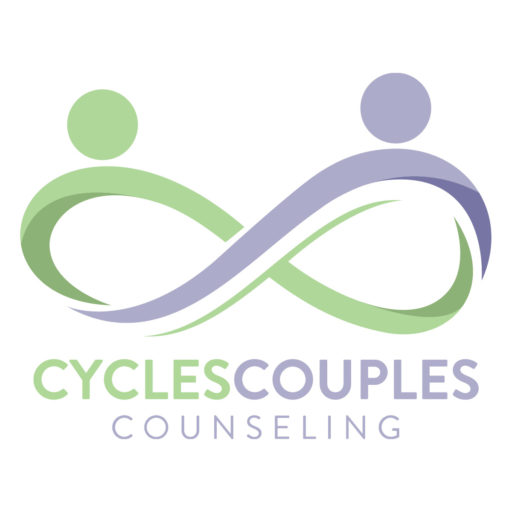Wondering How to Turn Your Partner on?
Okay, let’s be real for a minute.
Most of us weren’t exactly handed a roadmap when it comes to sex, pleasure, and keeping that spark alive in long-term relationships. Learning how to turn your partner on might feel like a maze. Maybe we figured things out through trial and error. Maybe we watched a lot of TV and thought we were supposed to just magically know what turns us on. And maybe—just maybe—we assumed that once we were in love or committed, sex would naturally stay amazing.
Spoiler alert: that’s not how to turn your partner on.
If you’re here, reading this, chances are you’re curious about how to reconnect with your partner sexually. Maybe things have gotten a little stale. Maybe stress, parenting, work, or life in general has kind of killed the mood. The good news? You’re not broken. Your partner’s not broken. This is so, so common. And there’s actually a pretty fascinating way to start turning things around.
Enter: Dr. Emily Nagoski.
In her book Come Together (yes, the title alone makes it worth picking up), renowned sex researcher Dr. Nagoski offers a super relatable framework for understanding desire. She explains that everyone has a sexual accelerator (things that turn you on) and sexual brakes (things that turn you off). This concept is called the Dual Control Model, and right now you may be wondering, “Wait, why didn’t anyone tell me about this before?”
Better late than never! Here’s the gist:

How to Turn Your Partner On Using the Dual Control Model
Your Sexual Accelerator (SES):
This is the part of your brain that notices all the sexy stuff—your partner’s scent, that *look* they give you, a flirty text, the sound of their voice, or even just a breeze on your skin. These are the cues that say, “Yes please, more of this.”
Your Sexual Brakes (SIS):
These are the things that shut it all down. Stress. Body image worries. A messy bedroom. Kids knocking on the door. That fight you had last week. Anything that tells your brain, “Nope, not safe,” or “not right now.”
Here’s the magic: it’s not just about pressing on the accelerator—it’s also about easing off the brakes. You might have all the right “sexy” ingredients, but if your brakes are slammed on, good luck getting into the mood.
So, how do you apply this this in real life?
1. Get Curious (Not Judgey) About Yourself
Start noticing what actually works for you. What moments or situations make you feel alive, turned on, connected? And on the flip side, what makes your desire disappear faster than a ghost on Tinder? Try filling out one of Dr. Nagoski’s free self-assessment questionnaires to learn more about your brakes and accelerator.
This isn’t about being “high” or “low” desire. It’s about tuning into your unique wiring. Everyone’s mix of SES and SIS is different. Some people have sensitive brakes and need calm, privacy, or emotional closeness to feel safe enough to get turned on. Others have powerful accelerators and can get into the mood quickly with the right context cues.
Remember, there’s no right or wrong—it’s just data.
2. Share What You Learn With Your Partner
Here’s the part where some people often freeze up. But hang with me. Talking about sex doesn’t have to be awkward—it can be playful, curious, even fun!
You might say, “Hey, I was reading about this idea of turn-ons and turn-offs, and it got me thinking. I realized I feel way more in the mood when we’ve had some time to cuddle and I’m not rushing through dinner dishes. What about you—what kind of things make sex feel exciting or shut it down for you?”
Notice you’re not accusing or blaming your partner—just opening the door to a deeper connection by sharing and getting curious.
3. Experiment With Turning Off the Brakes
If your brakes are super sensitive (and let’s face it, most of us are carrying some stress these days), look for ways to reduce them. That might mean scheduling a kid-free weekend. Or putting on music you love. Or doing a five-minute meditation before bed to calm your nervous system.
Sometimes just naming your brakes out loud—“I’m having a hard time shifting out of work mode”—can help loosen their grip.
4. Find the Fun Again
Remember when you used to flirt for no reason? Or make out like teenagers? Wouldn’t it be great to feel like you and your partner can connect that way more often? Pleasure doesn’t always have to lead to sex, either. Sometimes, just touching, laughing, or lying in bed together can be enough to rekindle that spark.
Learning How to Turn Your Partner On is as Easy as Knowing Your Partner
Reigniting desire isn’t about being sexier, thinner, or more adventurous (unless that’s something you’re interested in). It’s about understanding yourself more deeply, communicating with your partner more openly, and creating an environment where your sexual self feels safe and welcomed.
Feeling like you need some help having this conversation?
If you’re having difficulty talking about this stuff with your partner, get in touch! All of the therapists at Cycles Couples Counseling love helping couples explore and deepen their sexual connection, and we provide a safe, judgement-free place to get the conversation started.
So go on—get curious about your brakes and your accelerator. Your future sexy self will thank you.
Schedule a free 15 minute phone consultation today & let us pair you with one of our intimacy specialists!
Learn more about our Sex Therapy services in California.


